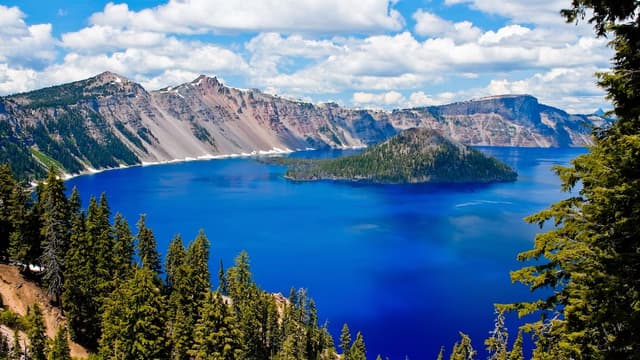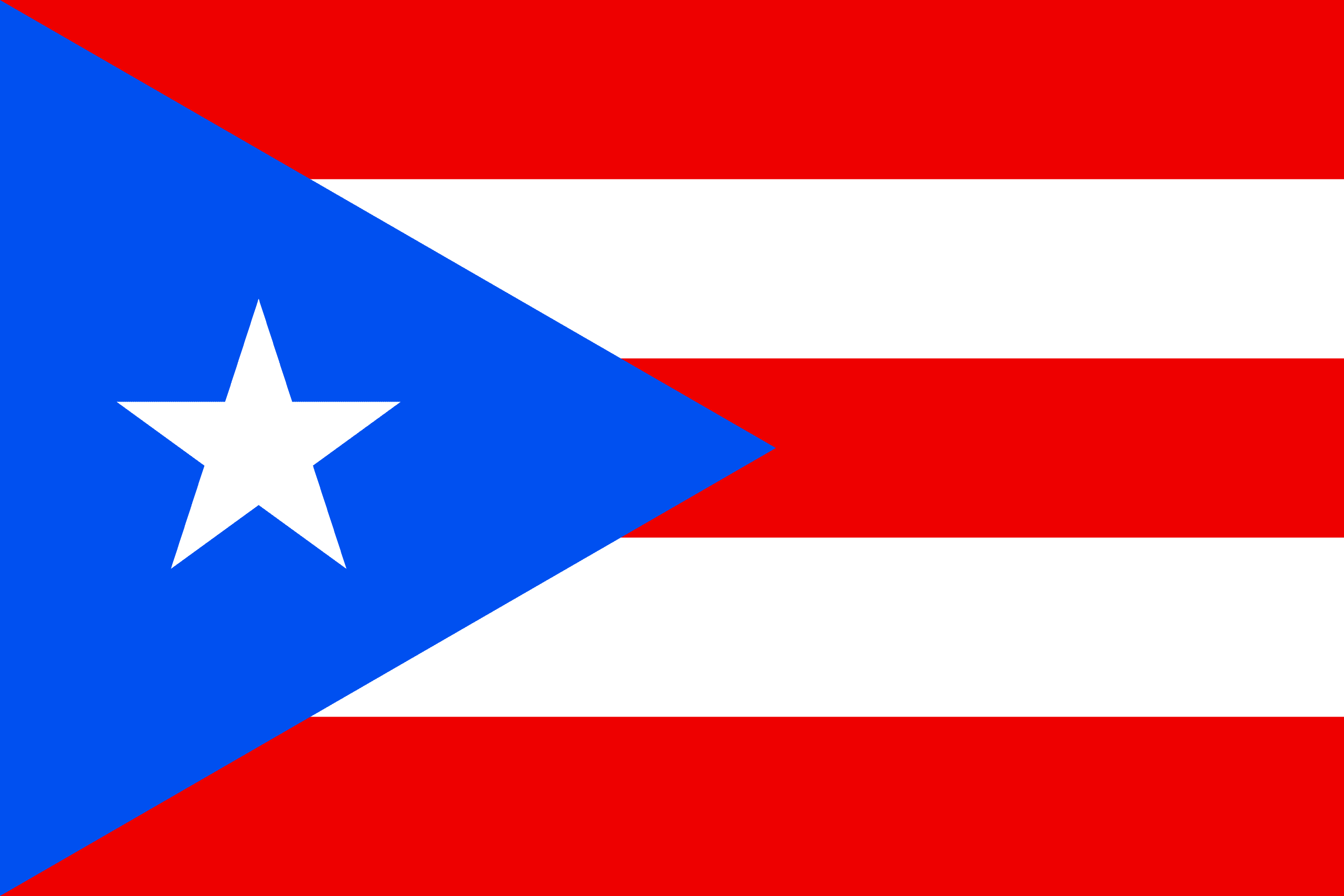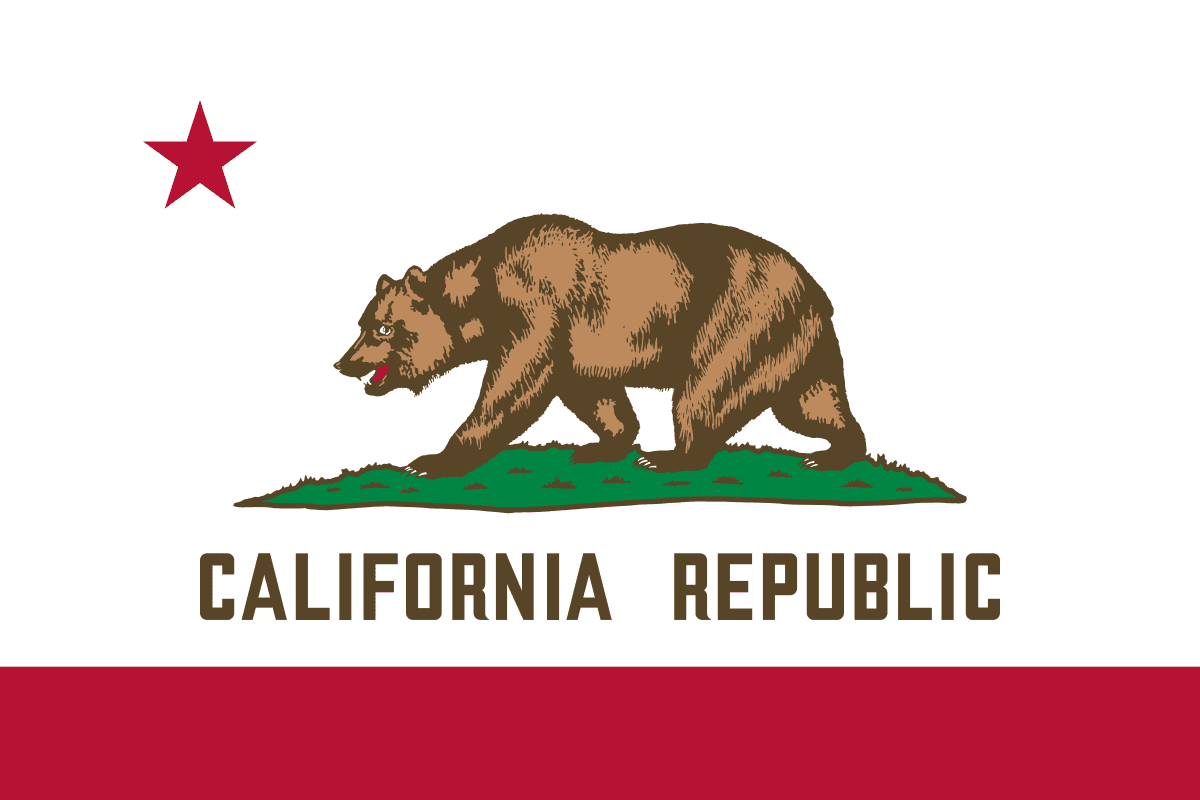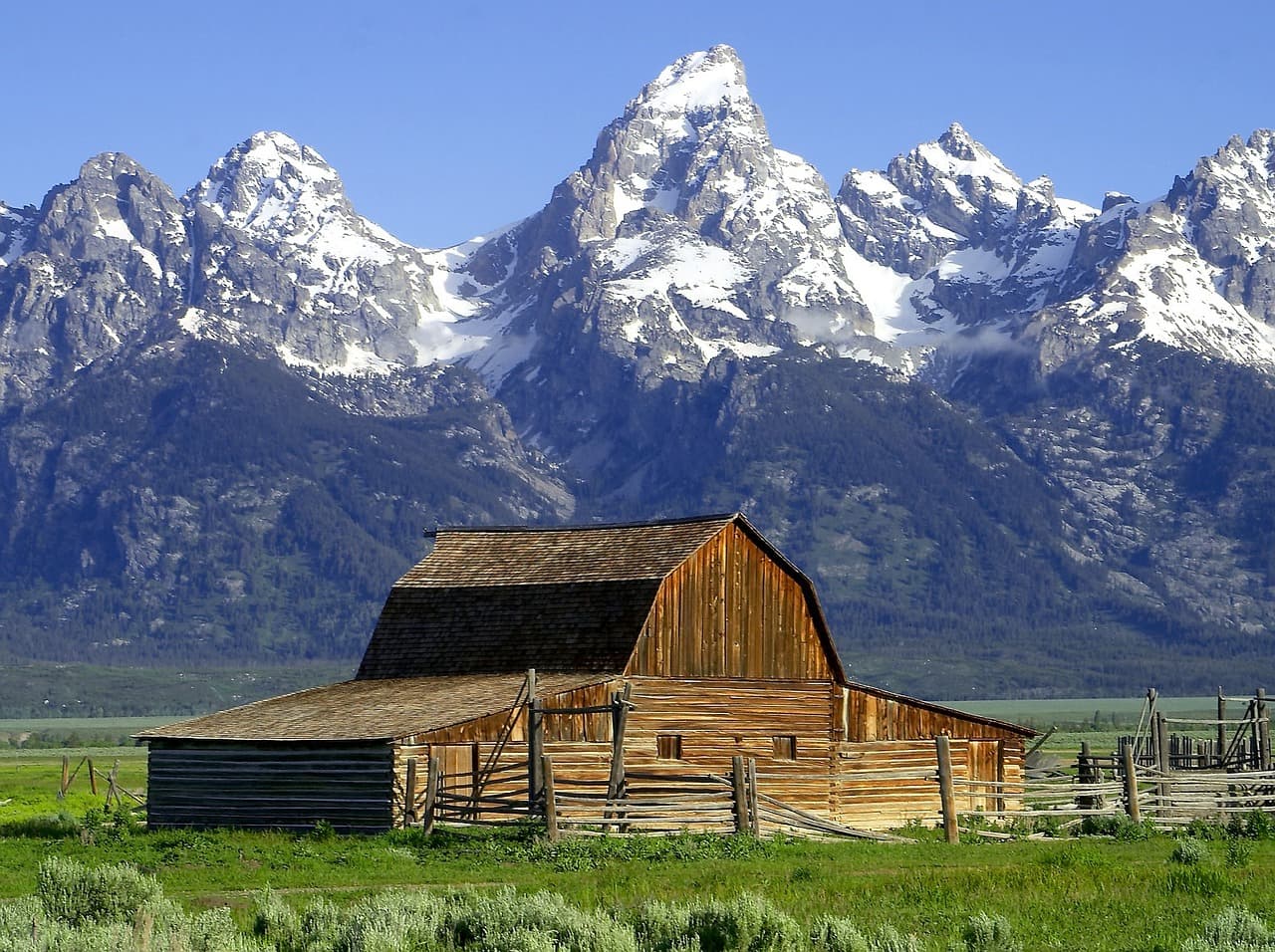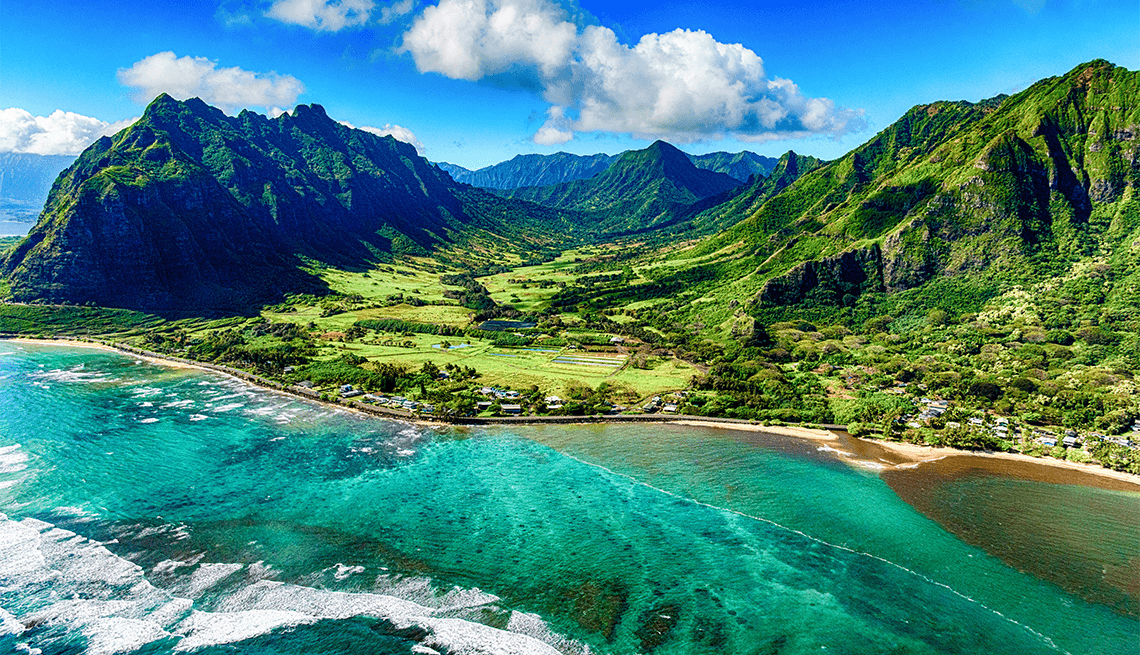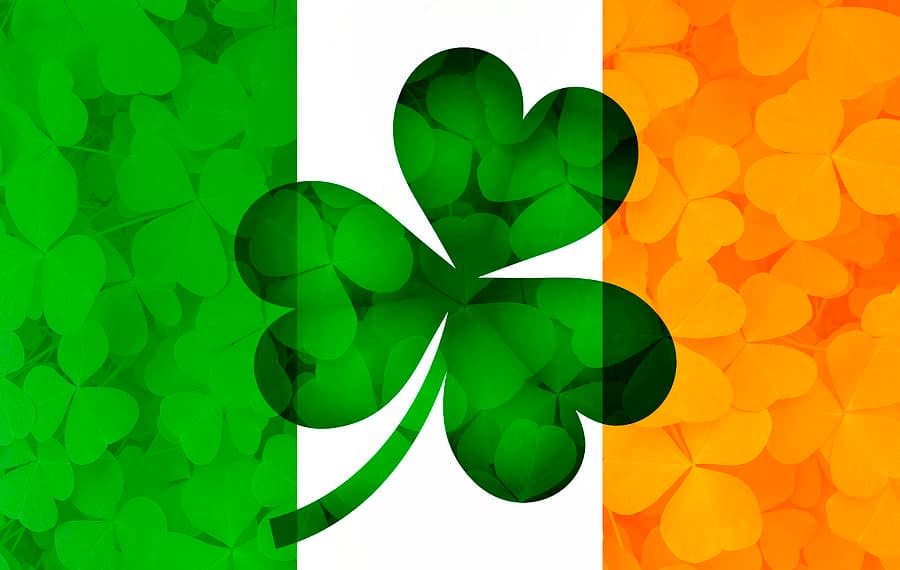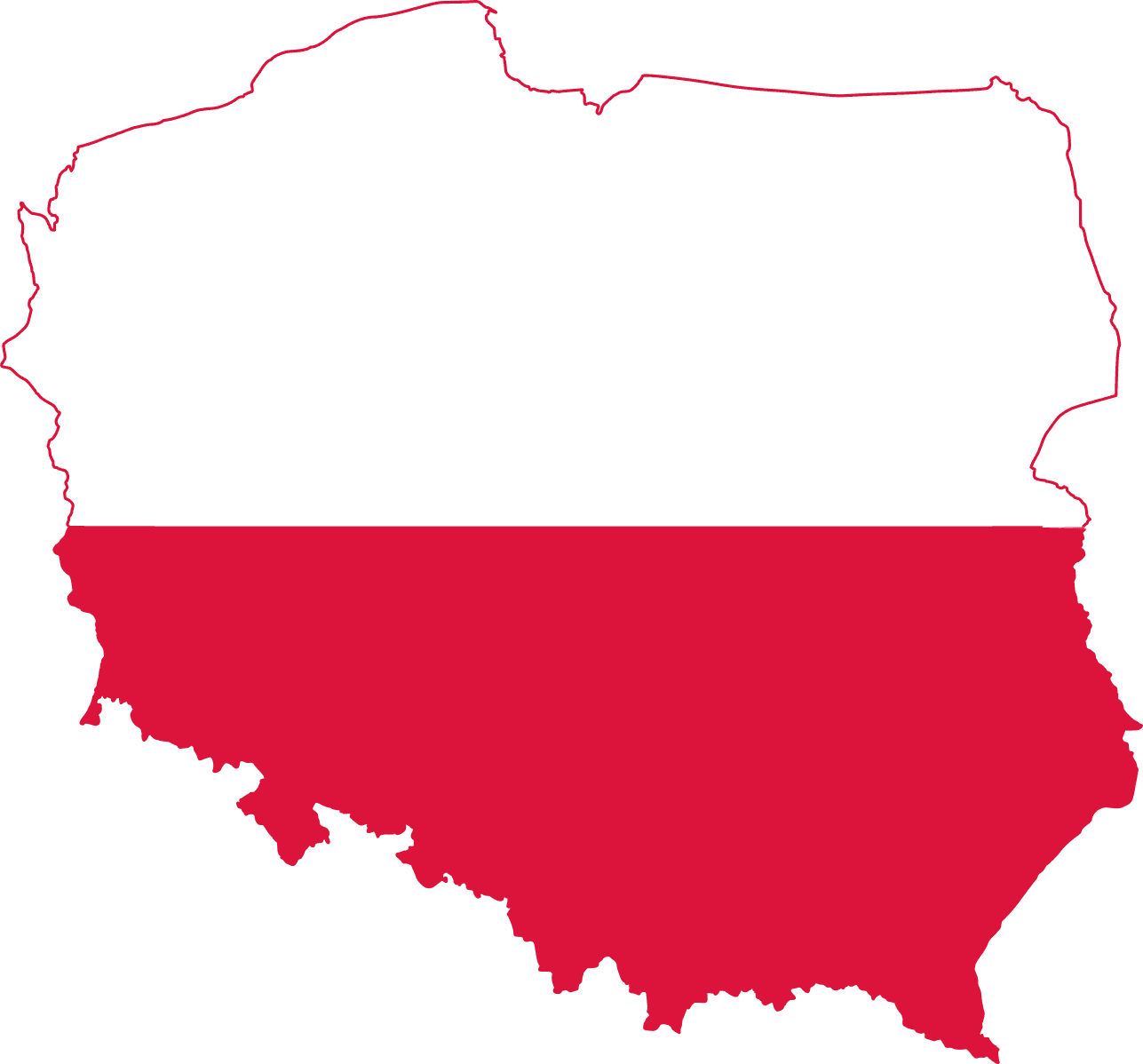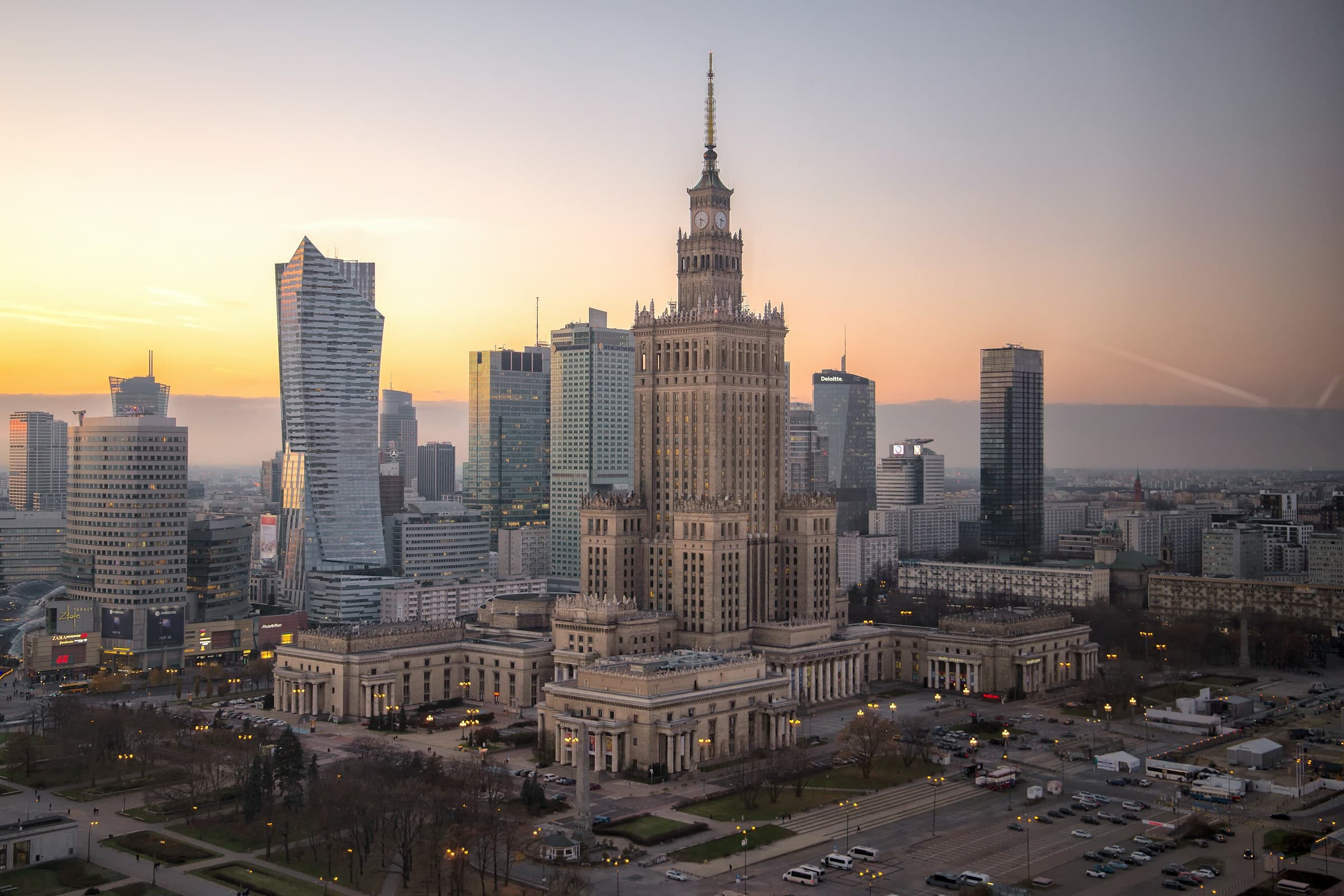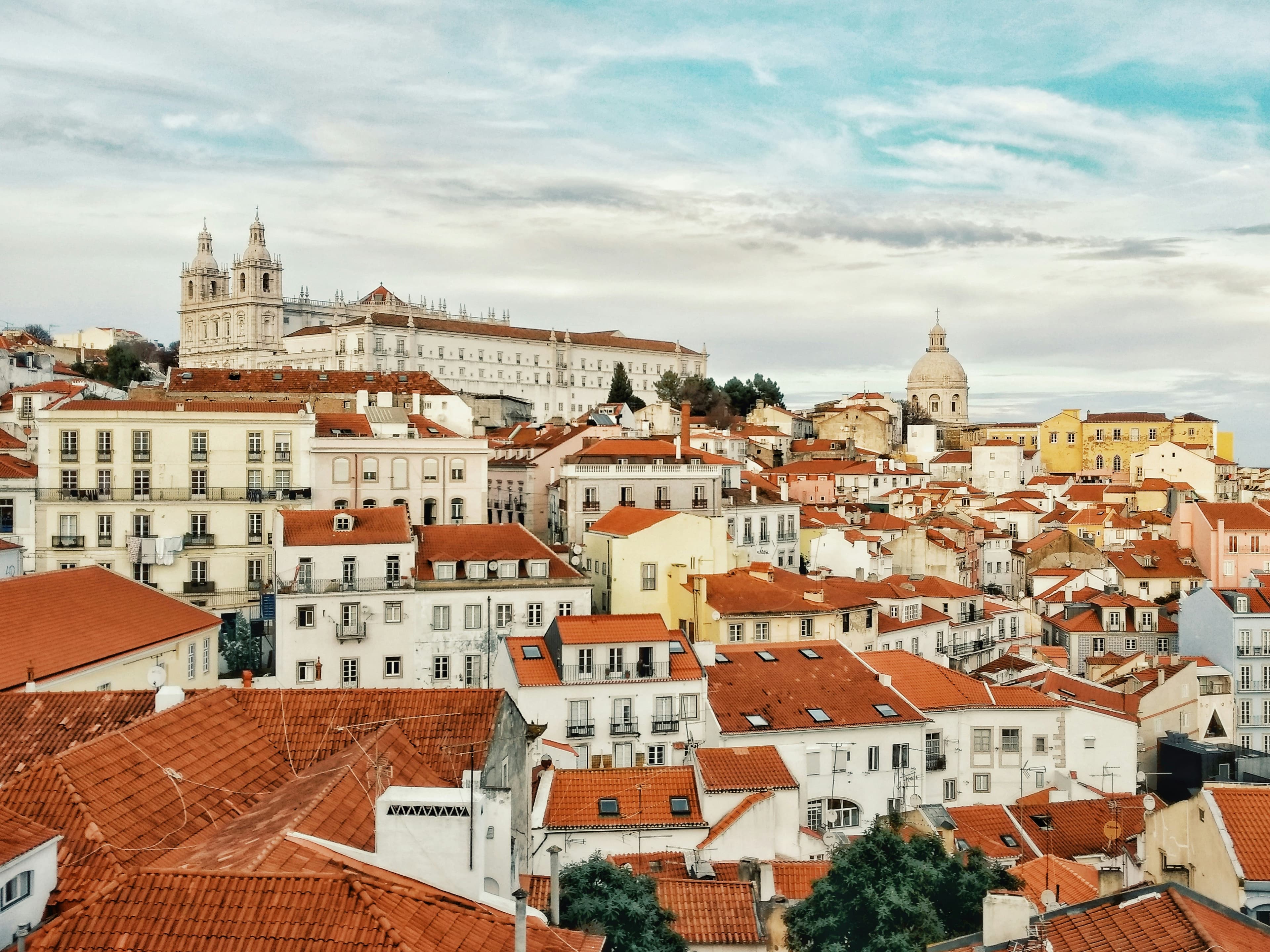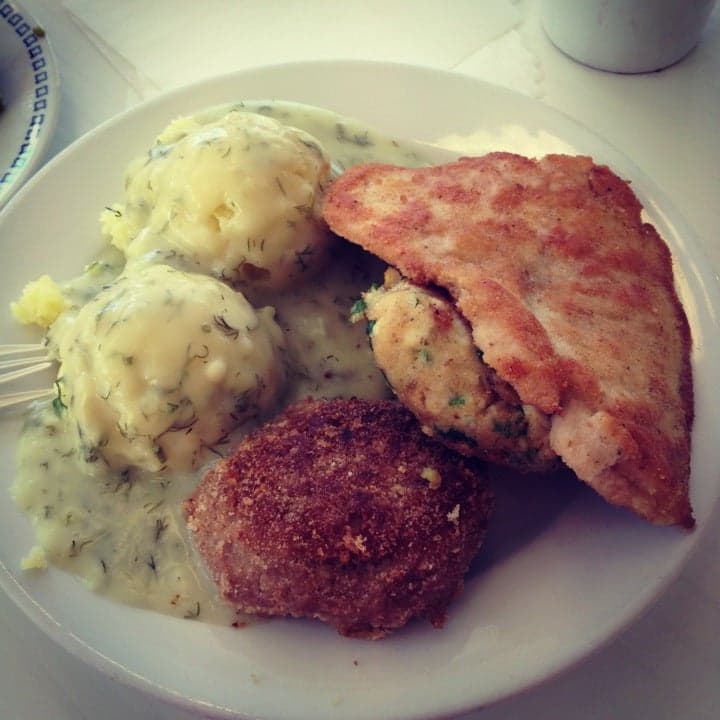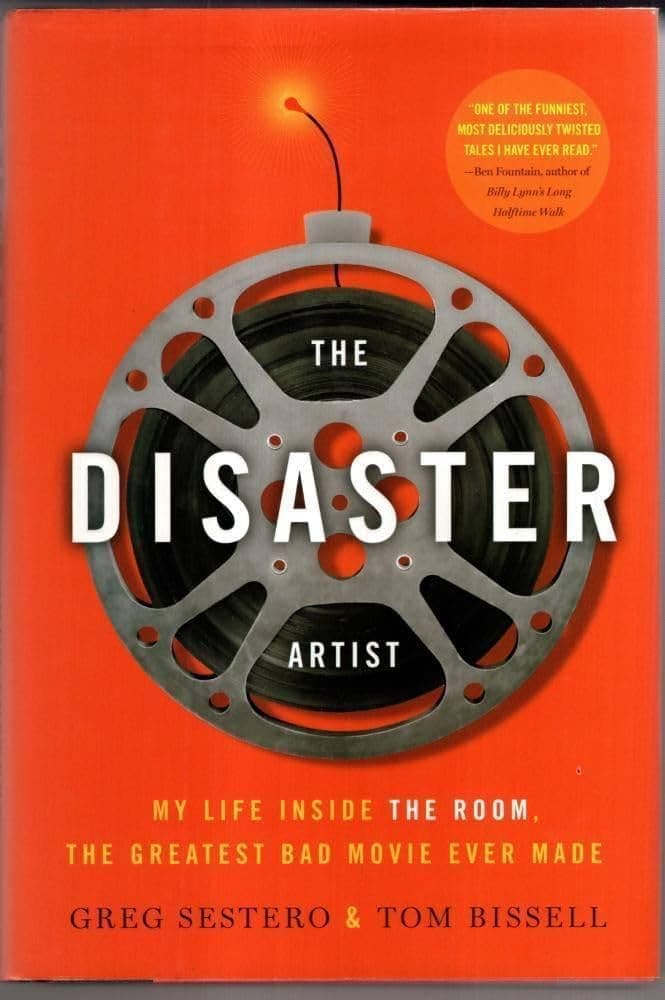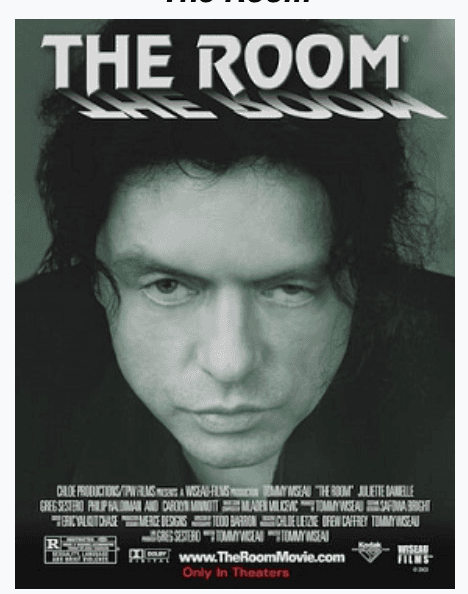Oregon vs. Sand Valley Golf Resort
Oregon
the best state around. very beautiful. Okay maybe Portland is weird.
Sand Valley Golf Resort
Sand Valley’s Championship Course extends over 80 hectares of picturesque Polish country side. Rated by Golf World as TOP 100 Course in Europe it is the Home for the Lotos Polish Open of 2013 and 2014 (a Pro Golf Tour event). The resort offers a 18 hole championship course (par 72), 6 hole par 3 course, roofed 20 bay driving range and a large practice putting green. Tilander-Ristola co-designed Inland Links layout offers wide rumbling fairways and challenging green sites that are the foundation for an exiting round of golf. Everything is tied together by the vast waste bunkers, clever routing and 18 memorable holes that all have their own story to tell.
Reviews
Reviewed on 2/29/2024
I've heard Portland is dope ❤️
Reviews
| Item | Votes | Upvote |
|---|---|---|
| Great nature | 1 |
| Item | Votes | Upvote |
|---|---|---|
| Portland is scary | 1 |
| Item | Votes | Upvote |
|---|---|---|
| Affordable accommodation | 1 | |
| Villas with pools and hot tubs | 1 | |
| Close to Gdańsk | 1 | |
| Peaceful and quiet | 1 |
| Item | Votes | Upvote |
|---|---|---|
| No cons yet, would you like to add one? | ||
Frequently Asked Questions
Oregon is renowned for its stunning natural landscapes, including mountains, forests, and coastlines, making it an ideal destination for nature lovers. The state offers a variety of outdoor activities such as hiking, camping, and exploring national parks. In contrast, Sand Valley Golf Resort, while set in picturesque Polish countryside, primarily caters to golf enthusiasts. It features an 18-hole championship course and a peaceful environment, but it may not offer the same breadth of natural experiences as Oregon. Therefore, if you prioritize diverse outdoor activities, Oregon may be the better choice.
Sand Valley Golf Resort offers a peaceful and quiet atmosphere, with amenities such as villas with pools and hot tubs, making it an excellent choice for relaxation. The resort's focus on golf and its tranquil setting provide a serene getaway. On the other hand, while Oregon has beautiful natural settings, it can be more bustling, especially in urban areas like Portland. If relaxation is your primary goal, Sand Valley Golf Resort may be the better option due to its dedicated facilities for comfort and leisure.
Oregon offers a unique experience with its diverse landscapes, cultural attractions, and outdoor activities, including the quirky vibe of Portland. Visitors can explore everything from coastal beaches to mountainous terrains. Sand Valley Golf Resort, while unique in its own right as a top-rated golf destination in Europe, primarily focuses on golf-related experiences. If you seek a broader range of activities and cultural experiences, Oregon may provide a more unique overall experience.
Oregon is known for its great nature, offering stunning landscapes and outdoor activities. However, some people find Portland to be a bit intimidating or 'scary.'
Oregon is considered one of the best states due to its beautiful natural scenery and diverse outdoor activities. It has a reputation for being very picturesque and offers a lot for nature lovers.
Opinions on Portland, Oregon vary. While some people find it to be a vibrant and exciting place to visit, others may find it intimidating or 'scary.' It's best to research and decide based on your personal preferences.
Sand Valley Golf Resort is a top-rated golf resort located in Poland. It features an 18-hole championship course (par 72), a 6-hole par 3 course, a roofed 20 bay driving range, and a large practice putting green. The resort is known for its picturesque landscape and has hosted the Lotos Polish Open in 2013 and 2014.
Pros of Sand Valley Golf Resort include affordable accommodation, villas with pools and hot tubs, proximity to Gdańsk, and a peaceful and quiet environment. There are currently no listed cons.
Sand Valley Golf Resort offers a range of amenities including an 18-hole championship golf course, a 6-hole par 3 course, a roofed 20 bay driving range, and a large practice putting green. The resort also features villas equipped with pools and hot tubs.
Sand Valley Golf Resort is located in the Polish countryside, close to the city of Gdańsk.
Sand Valley Golf Resort is unique for its Inland Links layout, wide rumbling fairways, and challenging green sites. The resort's course design is co-created by Tilander-Ristola and is known for its vast waste bunkers, clever routing, and memorable holes, each with its own story.
